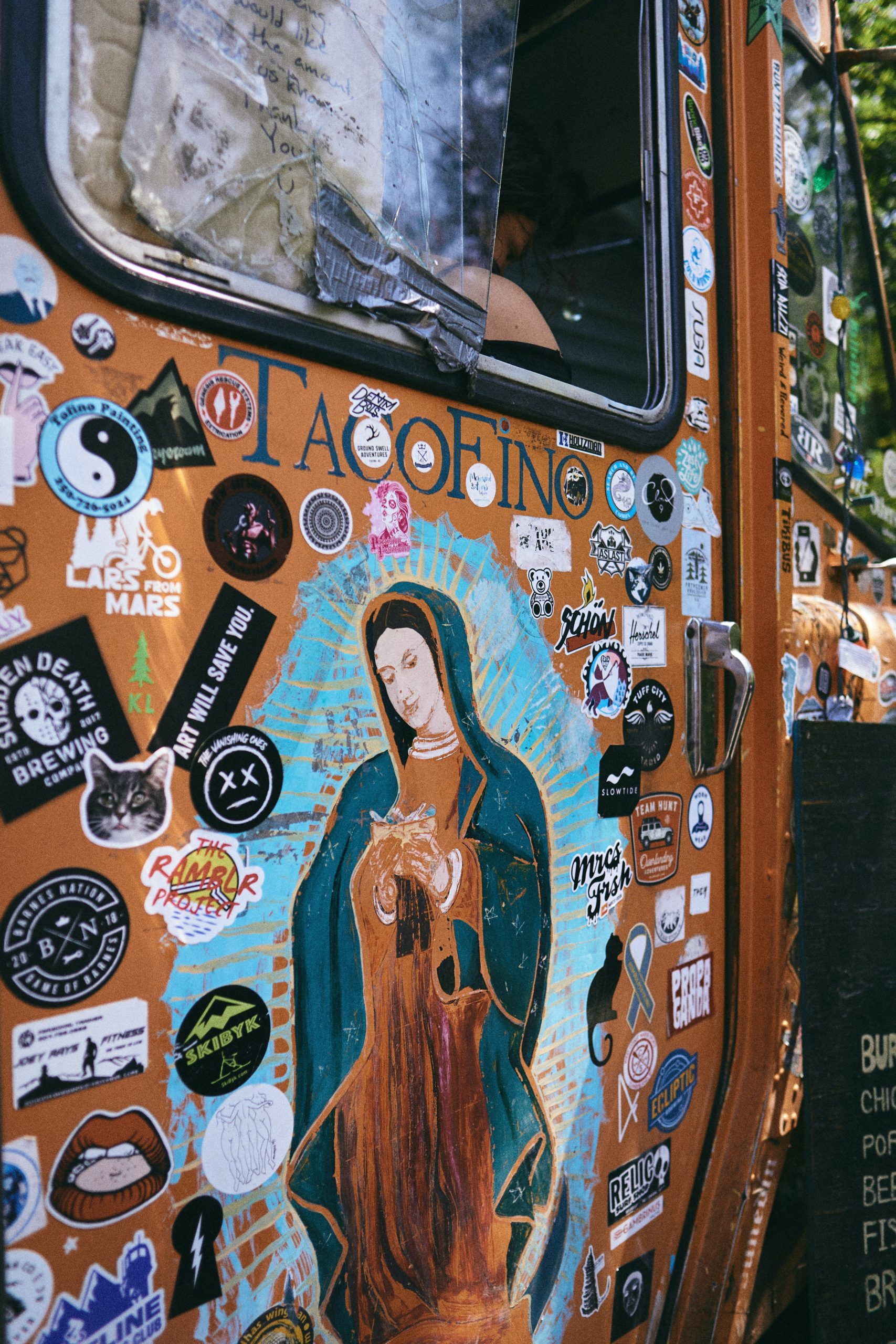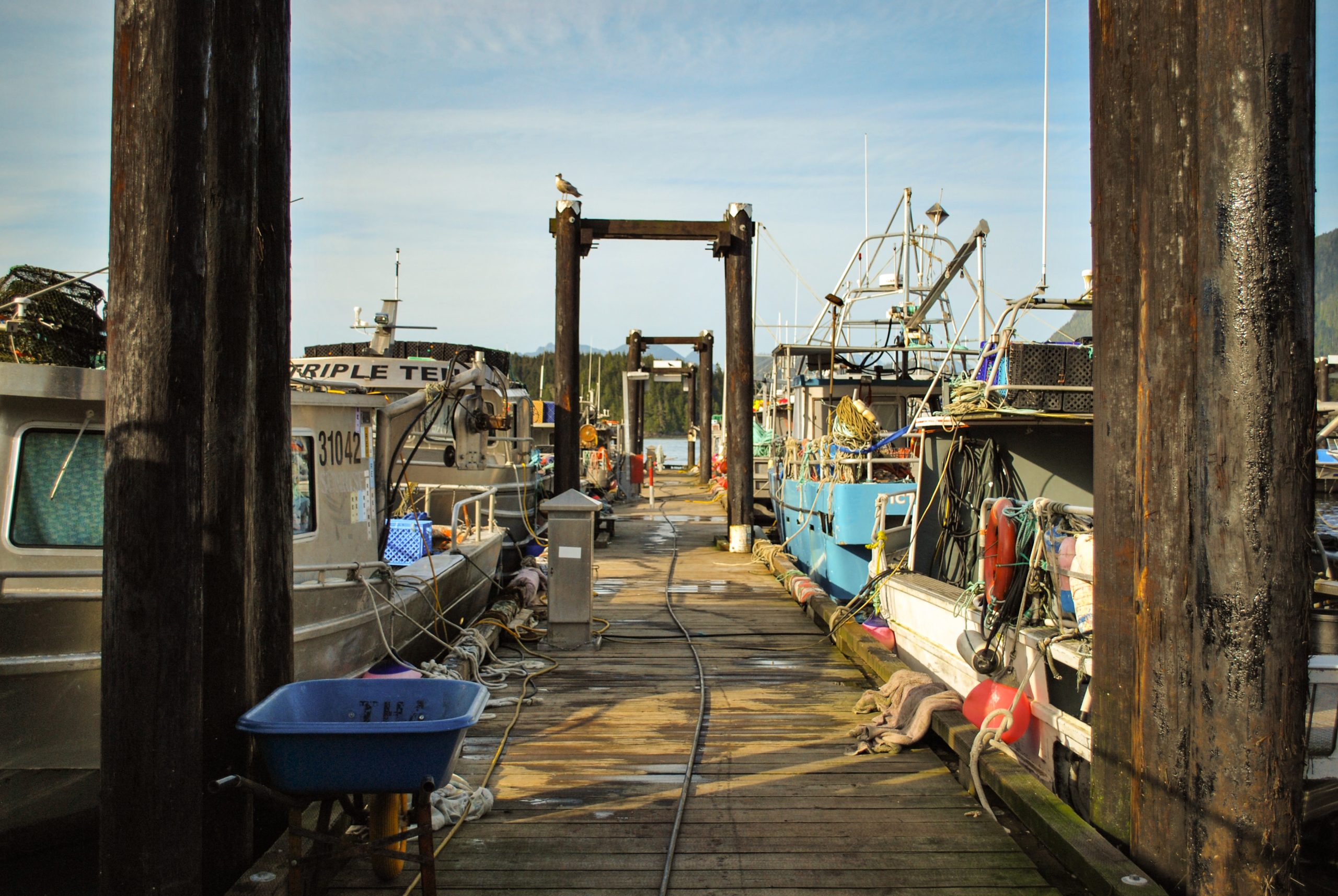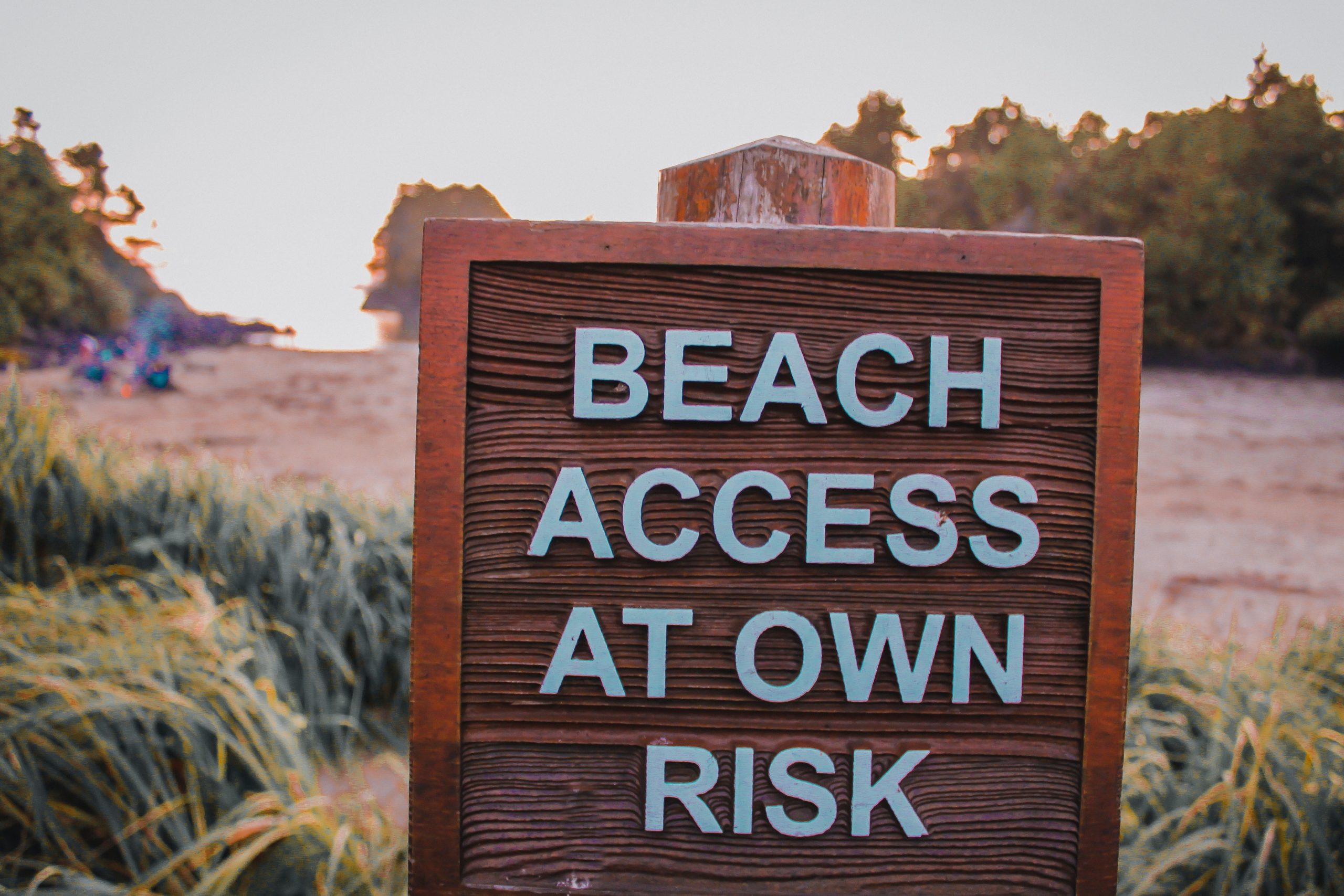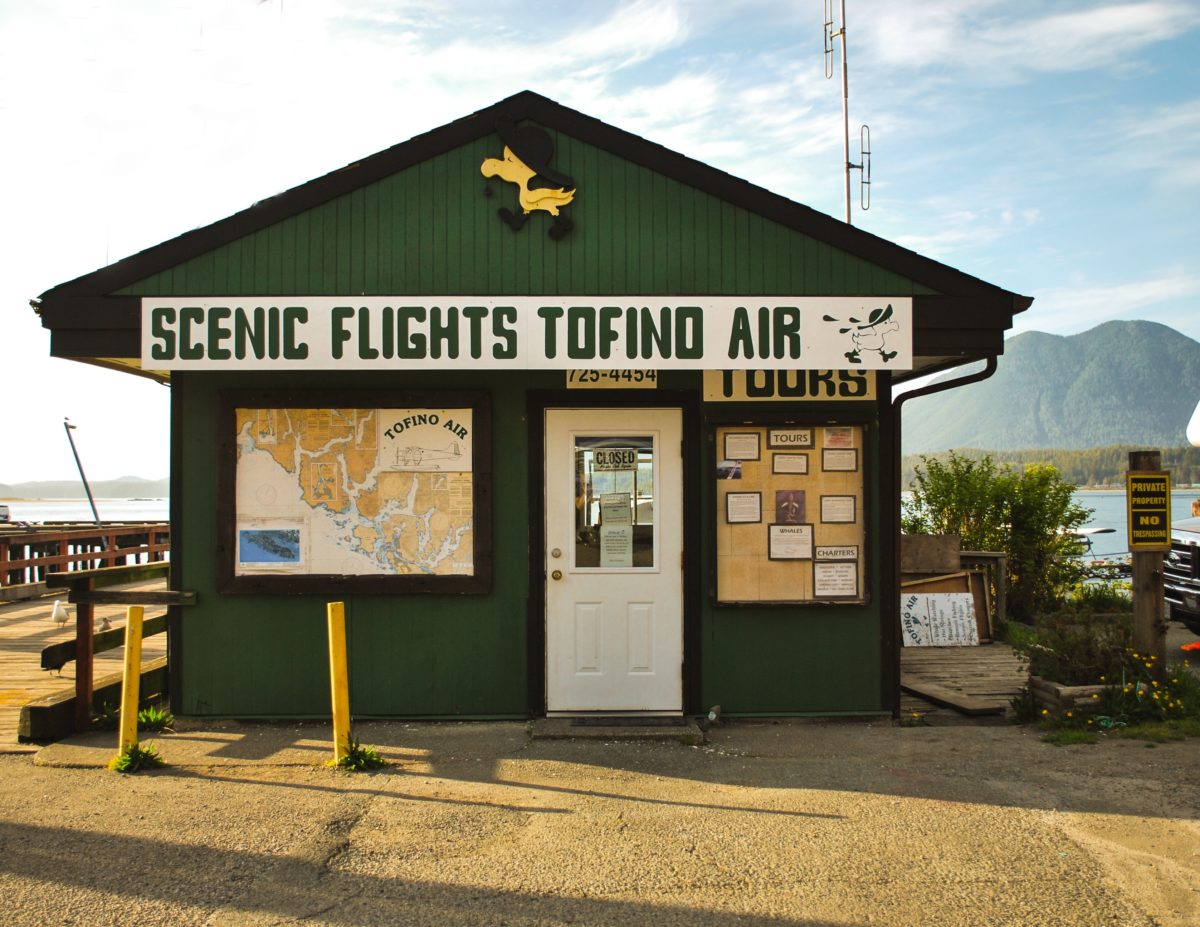Like any destination, tourism comes with a whole array of side effects for the local community it happens in. With that being said, below are some of the positive as well as negative impacts that tourism has had on the community of Tofino.

Impacts of Tourism // Photo by Haley Truong via Unsplash
Positive Impacts
Tourism in Tofino employs nearly 2,700 direct jobs in the industry, with over 1200 of those jobs being in the accommodation sector (InterVISTAS, 2019 p.27).
Tofino generates $57 million in taxes from tourism activities which contributes to the federal, provincial and municipal levels of government (InterVISTAS, 2019 p.7).
Tourism in Tofino provides $60 million in direct wages to employees of the tourism industry. (InterVISTAS, 2019 p.27)
Day and Overnight visitors spending money at locally owned businesses are significant, especially in the food and beverage sector.“66.1% of Visitors spend money at local restaurants, food trucks, and coffee shops” (InterVISTAS, February 2019 p.17).
Tofino hosted over 600,000 visitors in 2018 which is approximately 300 visitors per every 1 resident (InterVISTAS, 2019 p.28). This provides a substantial contribution to the local economy.

Photo by Bannon Morrissy via Unsplash
Negative Impacts
Residents feel like their community is losing its sense of place. “About half felt that tourism, although a good livelihood for tourism business owners, does not give back to the community and the sense of place is in jeopardy” (Dodds & Rogers, 2012 p.57)
50-80% of revenues are made in the summer months of July and August making it highly seasonal even with the demand for storm watching in the off-season (Dodds & Rogers, 2012 p.57).
Leakage is a large challenge as many services are not provided in Tofino, leaving many services being outsourced to other communities (Dodds & Rogers, 2012 p.57).
There is also a concern from locals that there is a lack of community infrastructure (e.g. recreation centre) and that monies are being spent on tourism facilities rather than the community (e.g. public washrooms)(Dodds & Rogers, 2012 p.59).
There is increasing concern over second homes being illegally used as accommodations and staff housing. “There is currently no regulation to limit the number of beds in vacation homes. It is estimated that 40% of housing in Tofino is second homes. Forty-six percent of all properties (not just residential) have a mailing address outside of Tofino for the property tax bill. There is also a concern that B&B and second homes are providing tourist accommodation but not contributing taxes” (Dodds & Rogers, 2012 p.59)

Photo by Cole Freeman via Unsplash
References
Dodds, R., & Rogers, T. (2012). Sustainable Tourism: A Hope or a Necessity? The Case of Tofino, British Columbia, Canada. Journal of Sustainable Development, 5(5), 54–64. https://doi.org/10.5539/jsd.v5n5p54
InterVISTAS Consulting Inc. (2019, February 20). Visitor Intercept Survey Results – Tofino, BC. https://tourismtofino.com/about-us/.
InterVISTAS Consulting Inc. (2019, March 4). FINAL REPORT – The Official Tourism Tofino. https://tourismtofino.com/about-us/.https://tourismtofino.com/wp-content/uploads/ 019/05/Economic-Impact-of-Tourism-in-Tofino-2018-4Mar2019.pdf.
